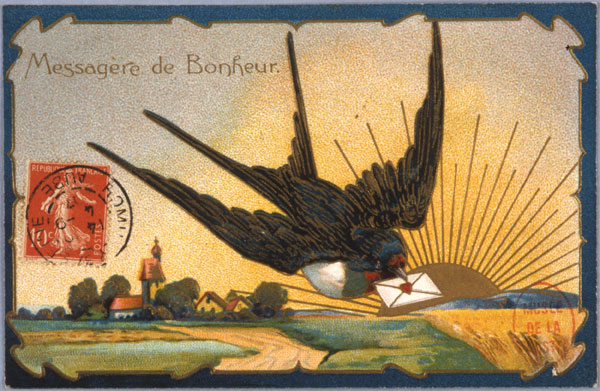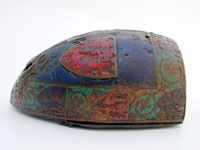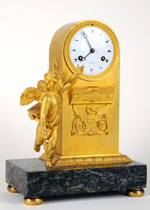We have covered a great distance in the history of communication since the legendary Philippides exhausted himself in 490 B.C. to announce the victory of the Athenians over the Persians up to the precise message sent over a mobile phone by an adolescent of the XXIst century! This exhibition traces the history of correspondence from all its aspects, and reminds us of man’s pressing need to communicate with others, whatever the circumstances may be.
Another history of mankind
The exhibition offers a lot more than a trip through the evolution the message has known. Above all we discover a history of mankind, the history of man’s genius to elaborate new means of transmitting through hard times, that of man’s courage in times of danger, or simply in every day life. The resourcefulness man has sometimes shown is quite impressive, whether it is the bull of Moulins, thrown into the river, the balloons or micro photographed dispatches carried by homing pigeons, the means of transmitting between Paris and the rest of the country during the war in 1870. We can only admire the heroism of Henri Guillaumet, the pilot of the “Aerospatiale” (the airmail service) who survived under inhuman conditions for five days after his plane crashed in the Andes in 1930, or the daily courage of rural mailmen who, in 1830, covered their 40 kms routes to deliver the mail.
Illustration : Enameled messenger box, gilded copper, first half of the XIVth century, Musée d’art Roger-Quilliot, Ville de Clermont-Ferrand, © Photograph by Michel Fischer
From "rotulus" to Mallarmé
Following an introduction on the techniques of transmission in the Antiquity, the exhibit begins with the Middle Ages, when parchment was used and people corresponded through rolls (rotulus). With the Renaissance came the printing press and paper. Letters were then a folded sheet sealed with wax and “the small post office» allowed for mail to be distributed in town, much to the benefit of suitors… Once Chappe invented the optic telegram, the railway appeared, the rural service was institutionalized, when certified letters entered the scene in1829, before stamps in 1846, the speed and the volume of messages transmitted increased immensely. The French postal service treats 95 million documents a day and the current record was only reached through specific rules regarding addresses which have evolved since the XVIIIth century. This did not prevent the mail service from ensuring the safe and sound arrival of Mallarmé’s missives on which he wrote the address of the destination in quatrains...
Special mail for Santa Claus
Naturally the exhibition studies the modern techniques of communication. Consequently the main phases of telephony, of digital messages and the Internet, of spatial communications are all traced. Separate chapters are dedicated to cryptology, or the art of hiding the sense of messages, among them the Enigma machine, used by the Germans during the war is one of the most famous examples, as well as often picturesque mail transmission techniques used through the world – drums from Benin or painted rolls in India. Curious objects can be seen in the various rooms: messages on the bark of trees, letters salvaged from a burnt plane or a sunken ship, numbered silk scarves by the Resistance fighters during WW II… And the exhibition could not ignore one institution that is not very new, the letters to Santa Claus, sent to his address «in the sky», which the Postal Service has very well located. Since 1962, it created a special service with a secretariat set up in Libourne. In 1963, Santa Claus even started answering, with letters written by the sister of the Minister of the PTT (Postal, Telegram and Telephone service), a certain Françoise Dolto…
Illustration: Pendulum to the love-mailman (love-factor),
gilded copper, restored, L’Adresse Musée de La Poste, Paris, © Photograph by Michel Fischer
PUBLICATION:
Catalogue D'Hermès au sms… ou la saga du message by éditions Snoek (112 p., 22 €)
To see more illustrations, click on VERSION FRANCAISE at the top of this page
| 









